Sun Joe SWJ806E Manual
| Mærke: | Sun Joe |
| Kategori: | Sav |
| Model: | SWJ806E |
Har du brug for hjælp?
Hvis du har brug for hjælp til Sun Joe SWJ806E stil et spørgsmål nedenfor, og andre brugere vil svare dig
Sav Sun Joe Manualer
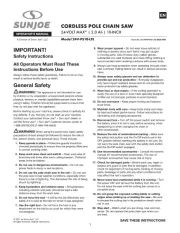
10 August 2025

10 August 2025
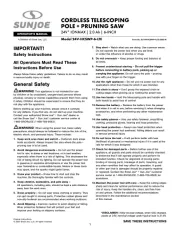
29 Juli 2025

14 November 2024

1 Januar 2024

24 December 2023

24 December 2023

16 December 2023

22 November 2023

26 August 2023
Sav Manualer
- IKRA
- Royal Catering
- Vonroc
- Verto
- Black And Decker
- Mondial
- Varo
- Smart365
- Cobra
- Park & Garden
- Panasonic
- Triton
- Graphite
- Mafell
- Yard Force
Nyeste Sav Manualer
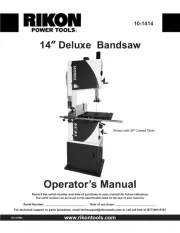
1 November 2025
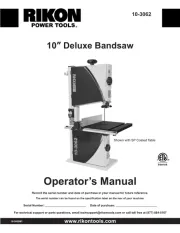
31 Oktober 2025

31 Oktober 2025
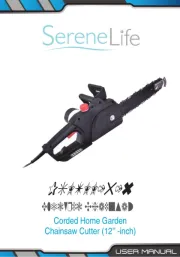
19 Oktober 2025
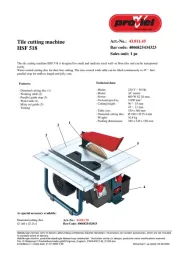
16 Oktober 2025
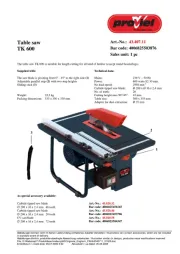
16 Oktober 2025

16 Oktober 2025
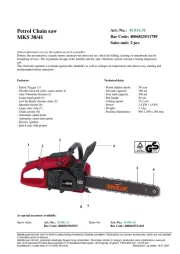
16 Oktober 2025
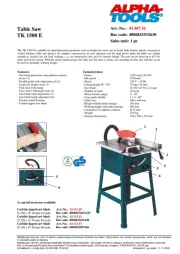
13 Oktober 2025
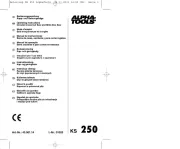
13 Oktober 2025
